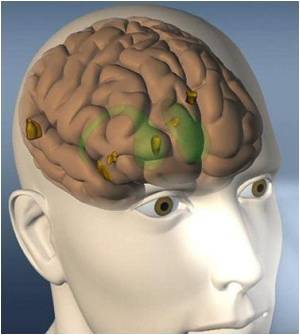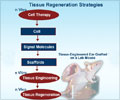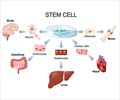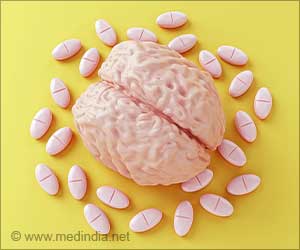Stem cells hold promise for understanding and treating neurodegenerative diseases, but till now they have failed to accurately model disorders that occur late in life.
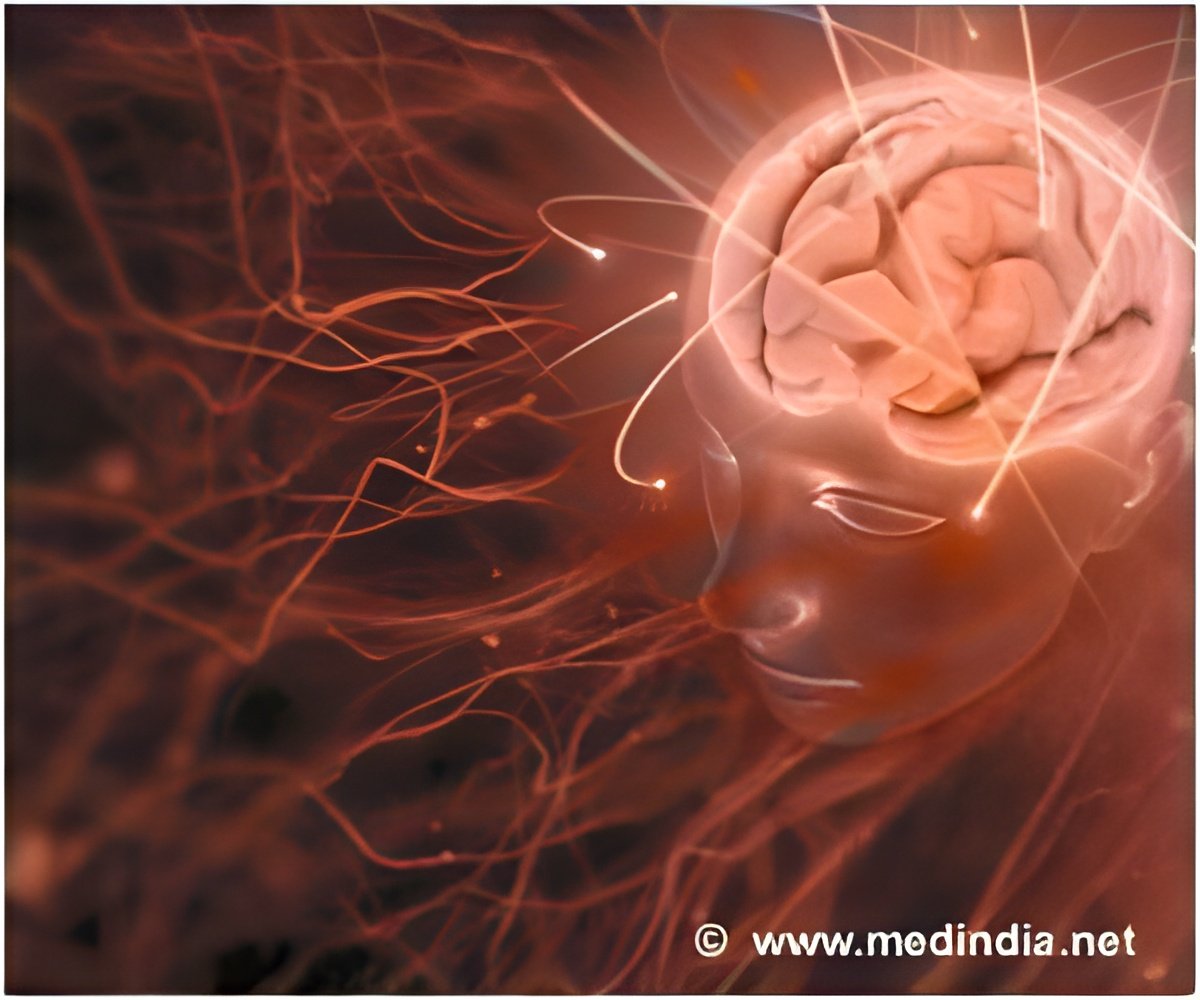
"With current techniques, we would typically have to grow pluripotent stem cell-derived cells for 60 or more years in order to model a late-onset disease," says senior study author Lorenz Studer of the Sloan-Kettering Institute for Cancer Research. "Now, with progerin-induced aging, we can accelerate this process down to a period of a few days or weeks. This should greatly simplify the study of many late-onset diseases that are of such great burden to our aging society."
Modeling a specific patient's disease in a dish is possible with iPSC approaches, which involve taking skin cells from patients and reprogramming them to embryonic-like stem cells capable of turning into other disease-relevant cell types like neurons or blood cells. But iPSC-derived cells are immature and often take months to become functional, similar to the slow development of the human embryo. As a result of this slow maturation process, iPSC-derived cells are too young to model diseases that emerge late in life.
Source-Eurekalert




